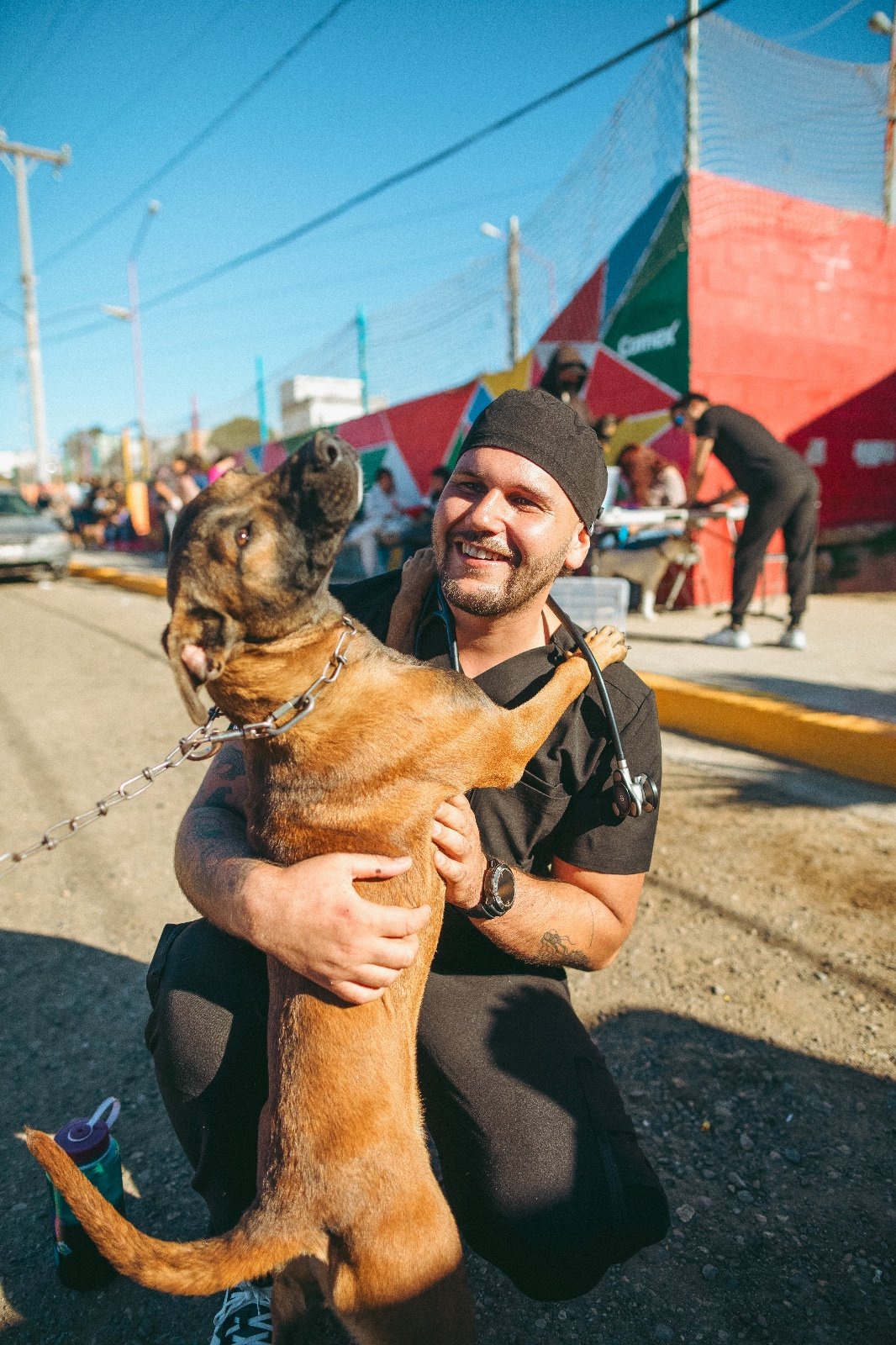After leaving the UK with his mother as a child, Jamil grew up in the jungles of South America with many different peoples, cultures and animals – becoming very well travelled at a young age.
An unconventional student of life, he completed all of his GCSEs, A levels and placements in 6 months to get into vet school and accepted a place at Bristol University, completing their Gateway to Veterinary Science and going on to join the five-year BVSc Veterinary Science course.
Always wanting to do things his way, Jamil has spent much of his time at university skipping non-compulsory parts of his studies so that he can travel and develop his photography and veterinary skills. This has led to him being sponsored by Montane to do expeditions (they also support his veterinary work).
After meeting Dr Cogan, they have started working together to develop novel diagnostic tests and set projects up in locations where it had traditionally been difficult to do so, firstly, in Kenya where they identified a new public health threat. Based on this work, Jamil became a Research Associate Scientist at the Institute for Primate Research in Kenya.
When we first spoke with Jamil, he was working in Armenia with Yerevan Zoo to help raise welfare standards and to conduct and set up research projects looking into disease prevalence in the animals’ populations at the zoo.
Since our last conversation, Jamil has graduated from Bristol University and spent his time working primarily in wildlife in Bolivia, Mexico, and Greece.






